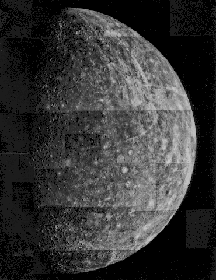This is an image of the surface of Mercury.
Click on image for full size
NASA
Early Cratering of the Planets
When we look at images of many of the planets, we see all sorts of
circular craters on the planet surfaces. Most of these craters
were probably formed when the solar system was still very young.
Once the early solar system had planets about the size of the planets
today, there were still probably a lot of smaller bodies around, too.
The
gravity of the large planets would pull in nearby smaller bodies,
which would hit the planets and leave a crater on the planet's
surface.
Craters on the surfaces of the inner planets are up to 4,000 million
years old, and some craters seem to have been made by objects
up to 200 km across!
You might also be interested in:
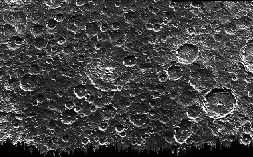
The lack of craters on Europa told scientists that Europa's surface was very changed. That meant that it might be young and active like that of the Earth! Moreover, as they examined each new picture, Europa's
...more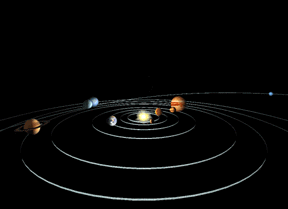
Scientists believe that the solar system was formed when a cloud of gas and dust in space was disturbed, maybe by the expl osion of a nearby star (called a supernova). This explosion made waves in space
...more
The solar system is made up of the Sun, the // Call the planets count function defined in the document head print_planet_count('planets'); planets and // Call the planets count function defined in the
...more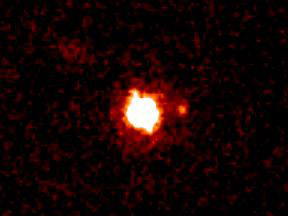
Eris is a dwarf planet in our Solar System. Eris is a lot like Pluto, which is also a dwarf planet. Eris and Pluto are both very far from the Sun. They are both very, very cold. Eris was discovered in
...more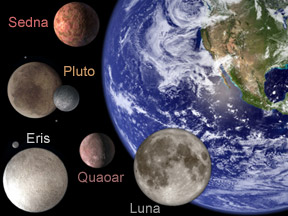
Do you know what a planet is? Guess what... astronomers are not quite sure what a planet is! Mercury, Venus, Earth, and Mars are the planets closest to the Sun. They are definitely all planets. They are
...more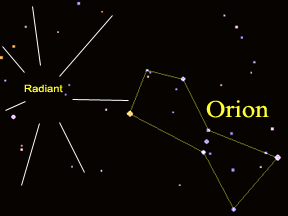
Meteor showers are times when you can see a lot of meteors in one night. There are several different meteor showers. Each meteor shower happens at the same time every year. There is a meteor shower in
...more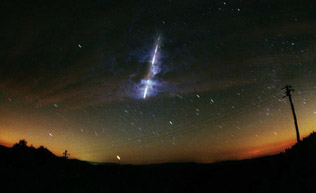
The Leonid meteor shower is one of several major meteor showers that occur on roughly the same date each year. The Leonids typically "peak" (are at their greatest level of activity) in mid to late November.
...more


